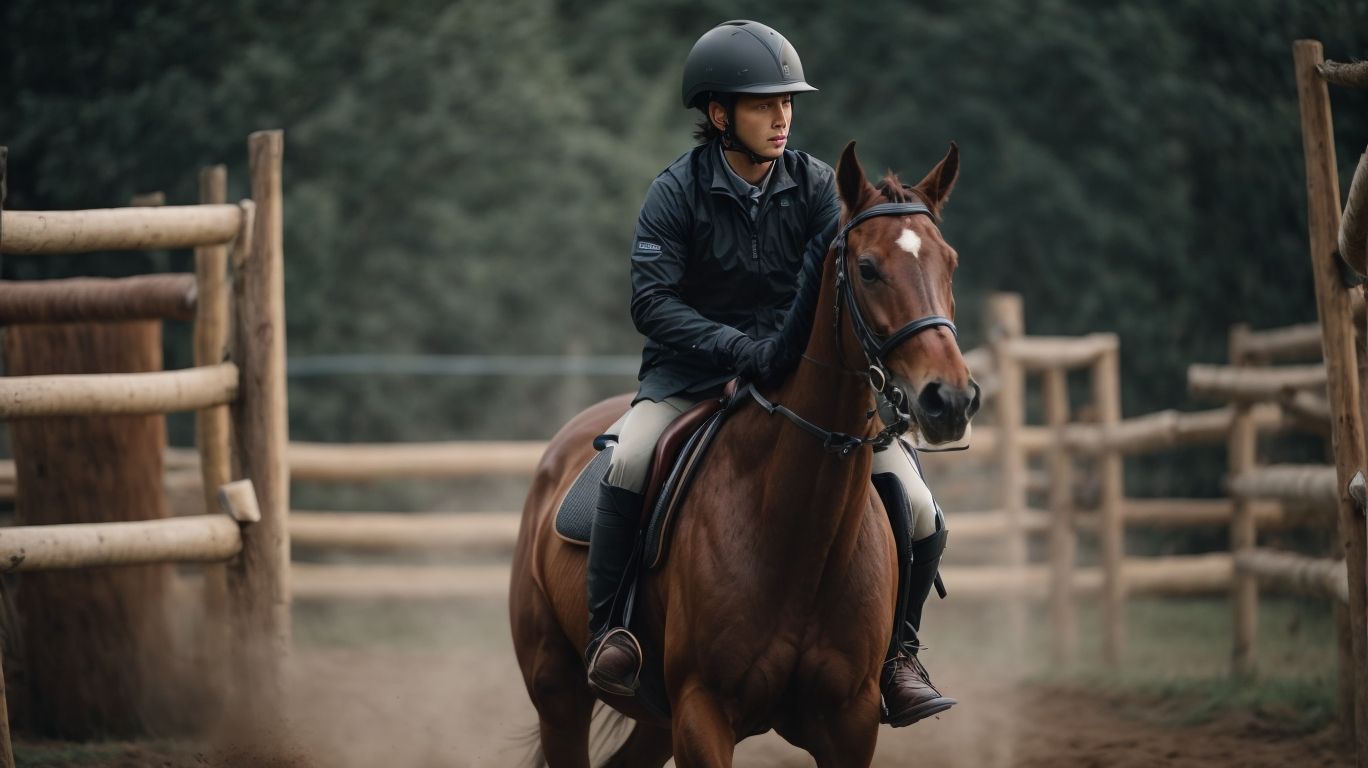Horse behavior management is essential for maintaining a safe and harmonious relationship between horses and their handlers. One common behavior that horse owners often encounter is spooking. Understanding and effectively handling spooking behavior is crucial for both the well-being of the horse and the safety of the handler. According to research conducted by equine behavior experts, spooking behavior in horses can be influenced by various factors such as natural instincts, fear and anxiety, and lack of exposure and desensitization. Recognizing the signs of spooking behavior is important in order to address it appropriately. Building trust and confidence, desensitization and training, and creating a safe and calm environment are some effective ways to handle spooking behavior. Taking preventive measures, such as gradual exposure to new stimuli, consistent training and routine, and regular exercise and stimulation, can help minimize spooking incidents. However, in some cases, professional help may be required to address more severe or persistent spooking behavior. By understanding and implementing proper behavior management techniques, horse owners can foster a positive and secure environment for their horses.
Key Takeaways:
Key takeaway:
- Understanding spooking behavior in horses: Spooking behavior can occur due to natural instincts, fear, anxiety, or lack of exposure. Identifying the root cause is crucial in managing and addressing the behavior effectively.
- Handling spooking behavior with trust and confidence: Building trust and confidence through positive reinforcement can help horses overcome spooking behavior. Patient and consistent training, along with desensitization techniques, are key in helping horses feel safe and secure.
- Preventing spooking behavior: Gradual exposure to new stimuli, consistent training, routine, regular exercise, and mental stimulation are essential in preventing spooking behavior in horses. A calm and safe environment is also important for minimizing triggers that can lead to spooking.
Horse Behavior Management
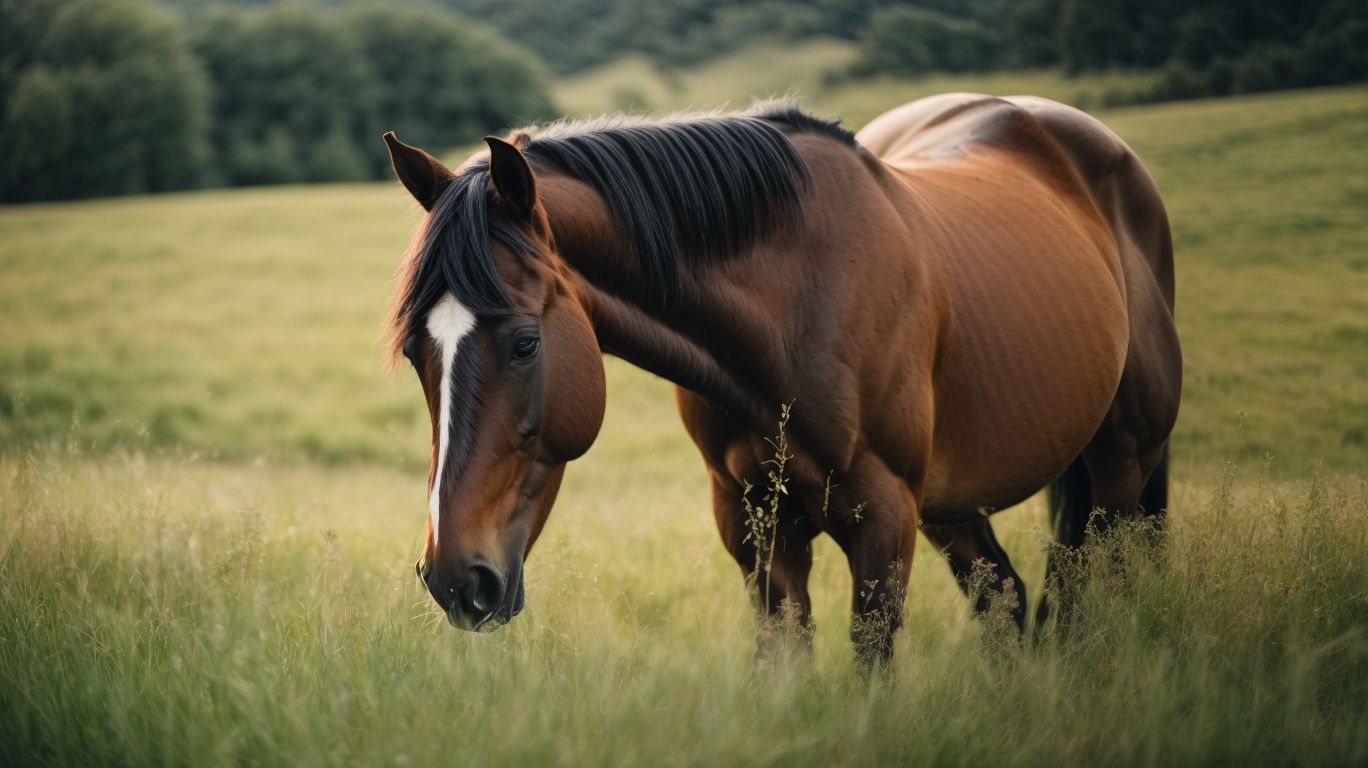
Photo Credits: Www.Horsespeakeducation.Com by Justin Mitchell
Horse Behavior Management is a fascinating topic that all horse owners should delve into. In this section, we’ll uncover the mysteries behind one common behavior – spooking. From understanding the reasons behind spooking to learning effective techniques for managing it, we’ll equip you with the knowledge you need to handle this behavior with confidence. So, saddle up and get ready to explore the ins and outs of horse behavior management, starting with unraveling the secrets of spooking behavior in horses.
Understanding Spooking Behavior in Horses
Understanding spooking behavior in horses is crucial for horse owners and handlers. The comprehension of spooking behavior, which refers to a horse’s fearful or anxious reaction to certain stimuli resulting in sudden movements or jumps, is vital. This behavior can be triggered by natural instincts, fear, anxiety, or a lack of exposure and desensitization. Signs indicating spooking behavior includes abrupt movements, raised head, wide eyes, and snorting. The key to managing spooking behavior lies in establishing trust and confidence with the horse. Employing desensitization and training techniques can also aid in reducing spooking. By creating a secure and tranquil environment and gradually introducing horses to new stimuli, the occurrence of spooking behavior can be prevented. In severe cases, seeking professional assistance may be necessary. Over centuries of domestication, horse behavior has evolved, equipping them with heightened senses and natural instincts to flee perceived threats. The understanding and effective management of spooking behavior are critical for ensuring the safety and well-being of both horses and their handlers.
In the late 19th century, a horse named Black Beauty gained recognition as a symbol of empathy and understanding towards horses. Anna Sewell’s novel “Black Beauty” shed light on the mistreatment of horses, raising awareness about their behavior and emotions. This influential book significantly contributed to our understanding of spooking behavior in horses, underscoring the significance of kindness and compassion in horse management.
What Causes Spooking Behavior?
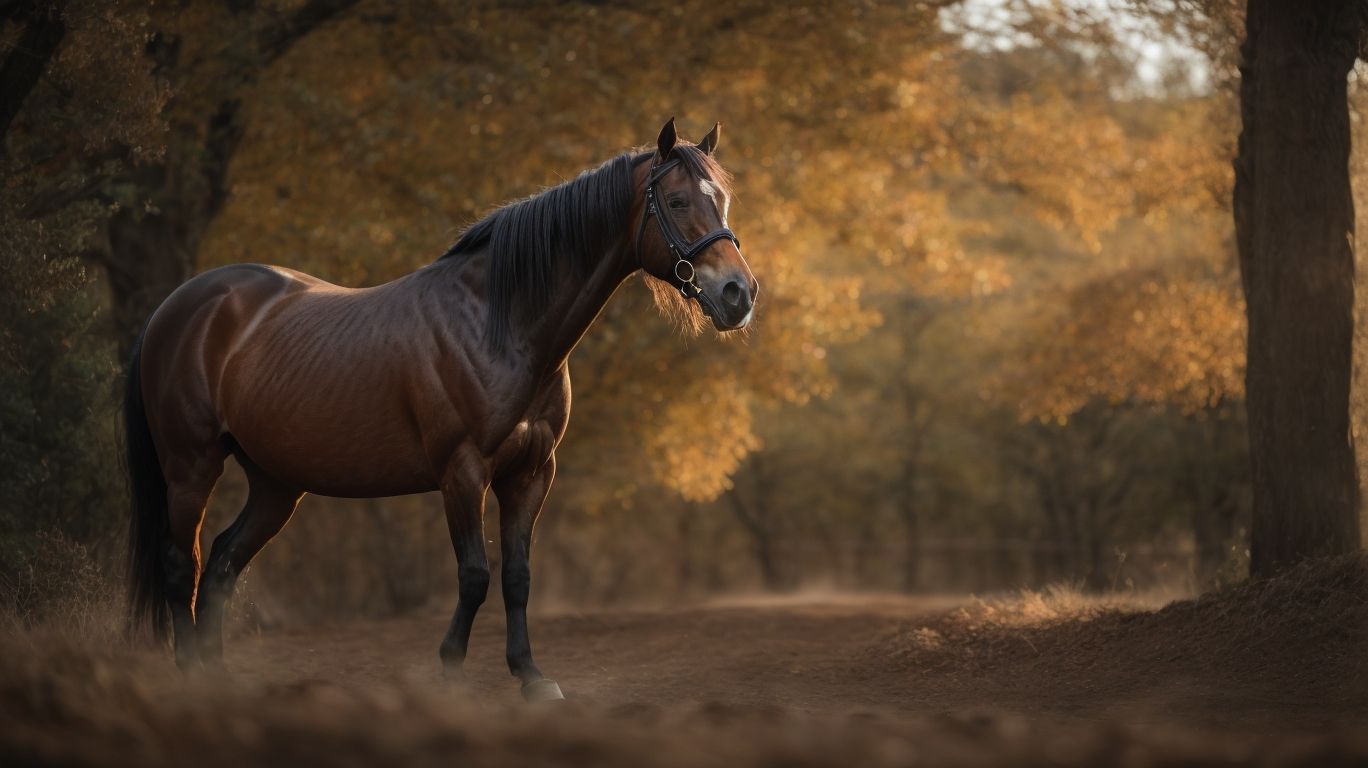
Photo Credits: Www.Horsespeakeducation.Com by Matthew Rivera
Ever wondered why horses exhibit spooking behavior? Let’s dive into the reasons behind this fascinating phenomenon. From their natural instincts to fear and anxiety, and even a lack of exposure and desensitization, we’ll explore the factors that contribute to spooking. Get ready to unearth the insights that shed light on these equine behaviors, all while embracing the thrilling world of horse behavior management.
Natural Instincts
Natural instincts play a significant role in influencing spooking behavior in horses. Horses, being prey animals, have evolved with these instincts to react to perceived threats. These instincts encompass heightened sensory awareness, flight response, and herding behaviors. A proper understanding of these innate behaviors is crucial for effectively managing spooking behavior. Horse owners can embark on desensitizing their horses to common stimuli by gradually exposing them to new experiences while simultaneously building trust and confidence through consistent training. Additionally, creating a safe and calming environment, providing regular exercise, and offering mental stimulation are all helpful measures to prevent spooking behavior. In more severe cases of spooking behavior, seeking professional assistance may be necessary.
Fear and Anxiety
Fear and anxiety are common causes of spooking behavior in horses. When a horse experiences fear or anxiety, it can lead to unpredictable reactions and easily becoming startled. These feelings may arise due to previous traumatic experiences, a lack of socialization, or a genetic predisposition. Indications that a horse is feeling fear and anxiety may include excessive sweating, trembling, and heightened vigilance. In order to address spooking behavior, it is important to establish trust and confidence through positive reinforcement, desensitization and training, and creating a safe and peaceful environment. To prevent spooking behavior, it is advisable to gradually expose horses to new stimuli, maintain a consistent training routine, and provide regular exercise and mental stimulation. If spooking behavior continues or worsens, seeking professional assistance is highly recommended.
Lack of Exposure and Desensitization
Lack of exposure and desensitization can contribute to spooking behavior in horses. Horses that lack exposure to different environments, objects, or situations may become startled or anxious when faced with something new. Similarly, horses that have not been properly desensitized to common stimuli can react unpredictably. To address this issue, it is crucial for horse owners and trainers to gradually expose horses to new stimuli and incorporate desensitization techniques to help them become more comfortable. Consistent training, routine, and regular exercise are also essential in preventing spooking behavior. If the behavior persists or becomes dangerous, seeking professional help may be necessary.
Signs of Spooking Behavior
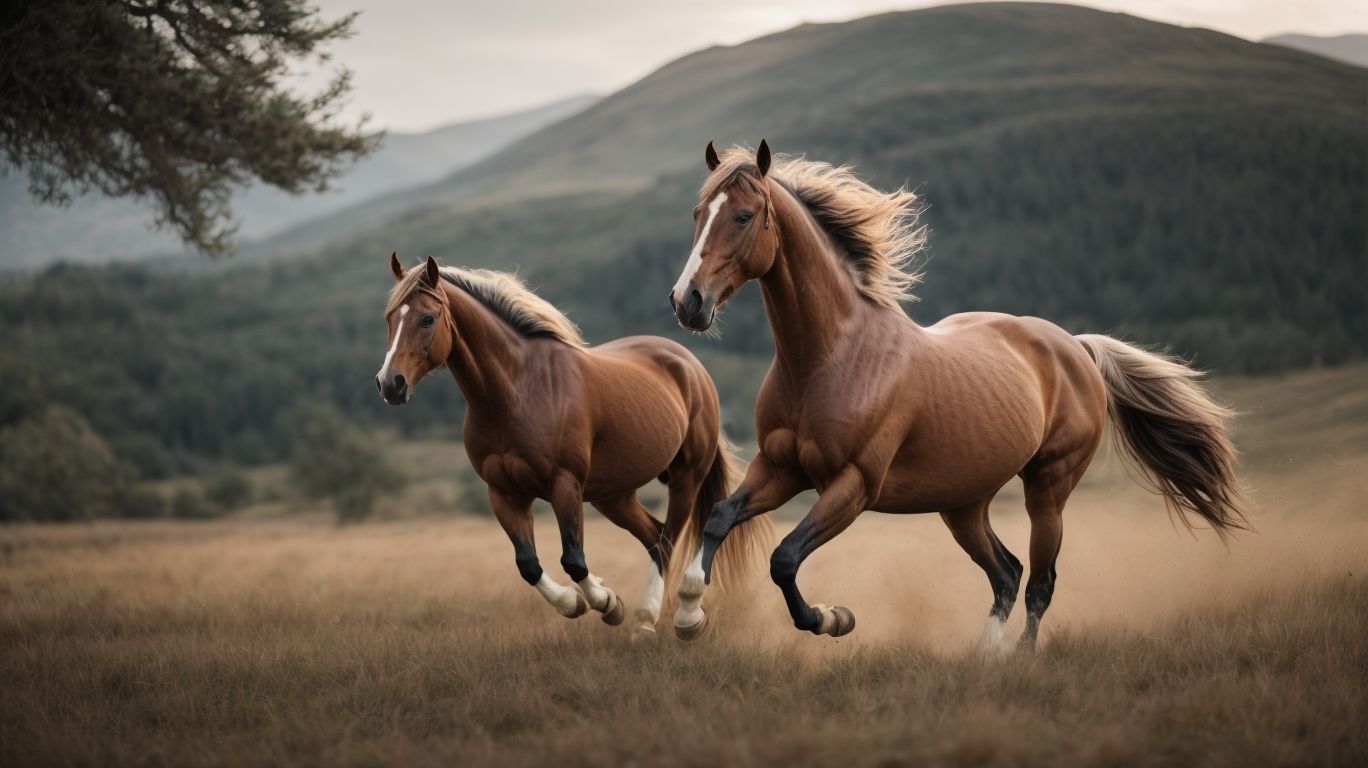
Photo Credits: Www.Horsespeakeducation.Com by Alexander Wilson
- Excessive Alertness: A horse that is constantly on high alert, with tense muscles and wide-open eyes, may be displaying signs of spooking behavior.
- Sudden Movements: If a horse quickly jumps or bolts without any apparent reason, it could be a clear sign of spooking behavior.
- Evasion Tactics: Horses may try to shy away from certain objects, people, or noises, indicating their discomfort or fear.
- Increased Heart Rate: Spooking behavior is often accompanied by an elevated heart rate, as the horse’s fight or flight response kicks in.
Pro Tip: Building a strong foundation of trust and desensitization exercises can help minimize spooking behavior in horses.
How to Handle Spooking Behavior
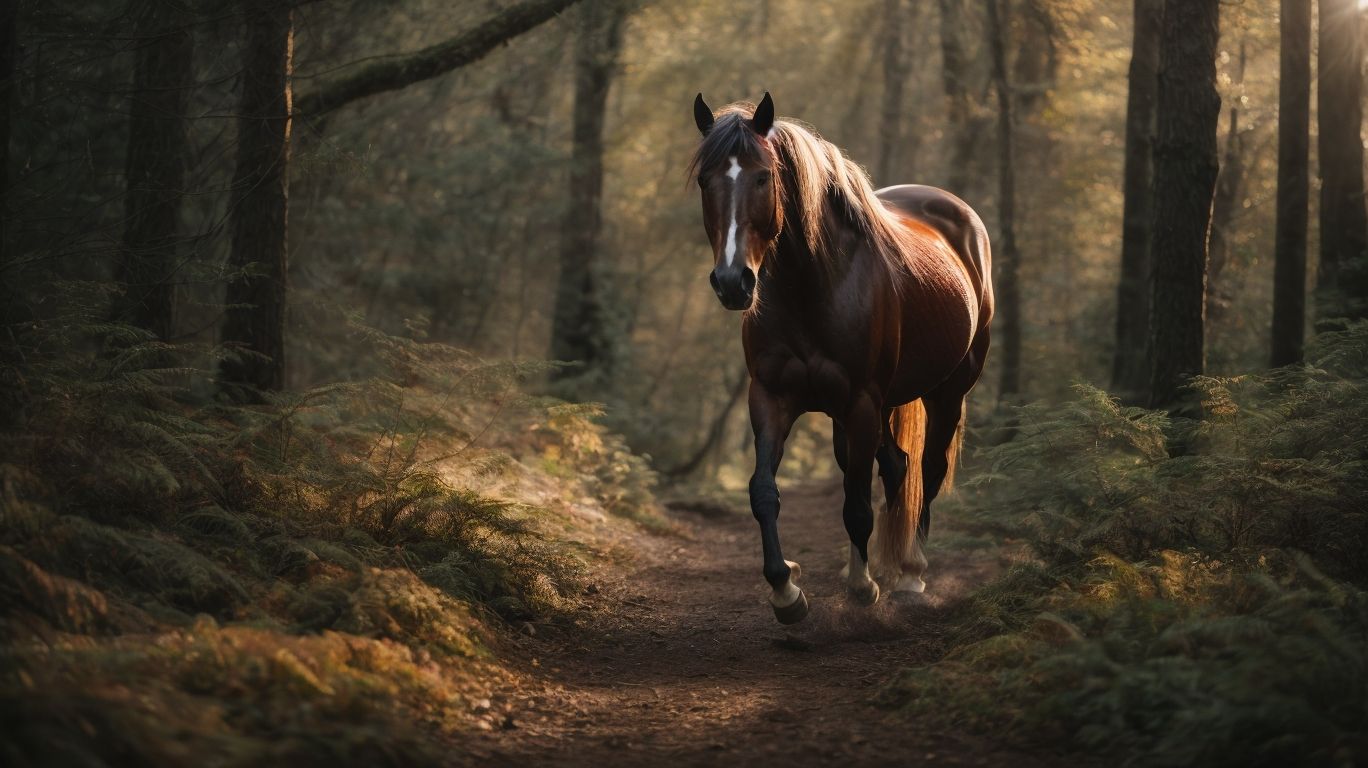
Photo Credits: Www.Horsespeakeducation.Com by James Ramirez
Discover effective strategies for handling spooking behavior in horses. From building trust and confidence to desensitization and training, we’ll explore various techniques that can help you navigate this common and sometimes challenging issue. Creating a safe and calm environment is crucial in managing spooking behavior. With practical insights and expert tips, learn how to handle spooking behavior with confidence and build a stronger bond with your horse.
Building Trust and Confidence
Building trust and confidence is of utmost importance when it comes to managing spooking behavior in horses. To achieve this, here are some effective strategies:
1. Implement a consistent and positive training routine: A crucial step in building trust and confidence in your horse is to establish a regular training schedule. By using positive reinforcement and rewards, you can effectively strengthen desired behaviors.
2. Gradual exposure through desensitization: Gradually exposing your horse to new stimuli and situations can greatly contribute to their confidence development, while reducing reactivity. Start with introducing low-intensity stimuli and gradually increase the difficulty level.
3. Patience and understanding are key: Understand that building trust takes time, so it’s important to be patient with your horse’s progress. Avoid rushing the process and provide a safe and calm environment, allowing your horse to feel secure.
It’s important to remember that every horse is unique, and not all strategies will work universally. If you encounter difficulties, don’t hesitate to seek professional guidance from a qualified equine behaviorist or trainer.
Desensitization and Training
Desensitization and training are essential when it comes to managing spooking behavior in horses. Here are some steps to help with desensitization and training:
- Gradually introduce the horse to the stimuli that trigger spooking.
- Begin with small and non-threatening versions of the stimuli and gradually increase the intensity.
- Reward calm behavior and systematically decrease the horse’s sensitivity to the stimulus.
- Consistently expose the horse to various stimuli to ensure they become desensitized.
- Utilize positive reinforcement techniques such as clicker training or treats to reward the horse for remaining calm.
By following these steps and providing proper training, horses can become more confident and less prone to spooking.
Creating a Safe and Calm Environment
Creating a safe and calm environment is of utmost importance when it comes to managing spooking behavior in horses. To achieve this, here are some necessary steps:
- Ensure a well-maintained and secure facility, with sturdy fencing and properly maintained equipment.
- Provide a comfortable and quiet shelter where horses can feel safe and protected from external stimuli.
- Maintain a consistent routine and schedule to minimize stress and uncertainty for the horses.
- Keep the environment clean, organized, and free from clutter to reduce potential triggers for spooking behavior.
- Implement soundproofing measures, such as using noise-absorbing materials, to minimize sudden and loud noises that can startle horses.
- Introduce calming and soothing elements, such as soft lighting and relaxing music, to create a peaceful atmosphere.
- Provide ample turnout time and space for horses to roam and graze, promoting natural behavior and reducing anxiety.
- Minimize the presence of unfamiliar animals or objects in the horse’s environment, gradually introducing them when necessary to avoid overwhelming the horse.
- Utilize natural remedies, such as aromatherapy or calming supplements, to promote relaxation and reduce anxiety in horses.
Tips for Preventing Spooking Behavior
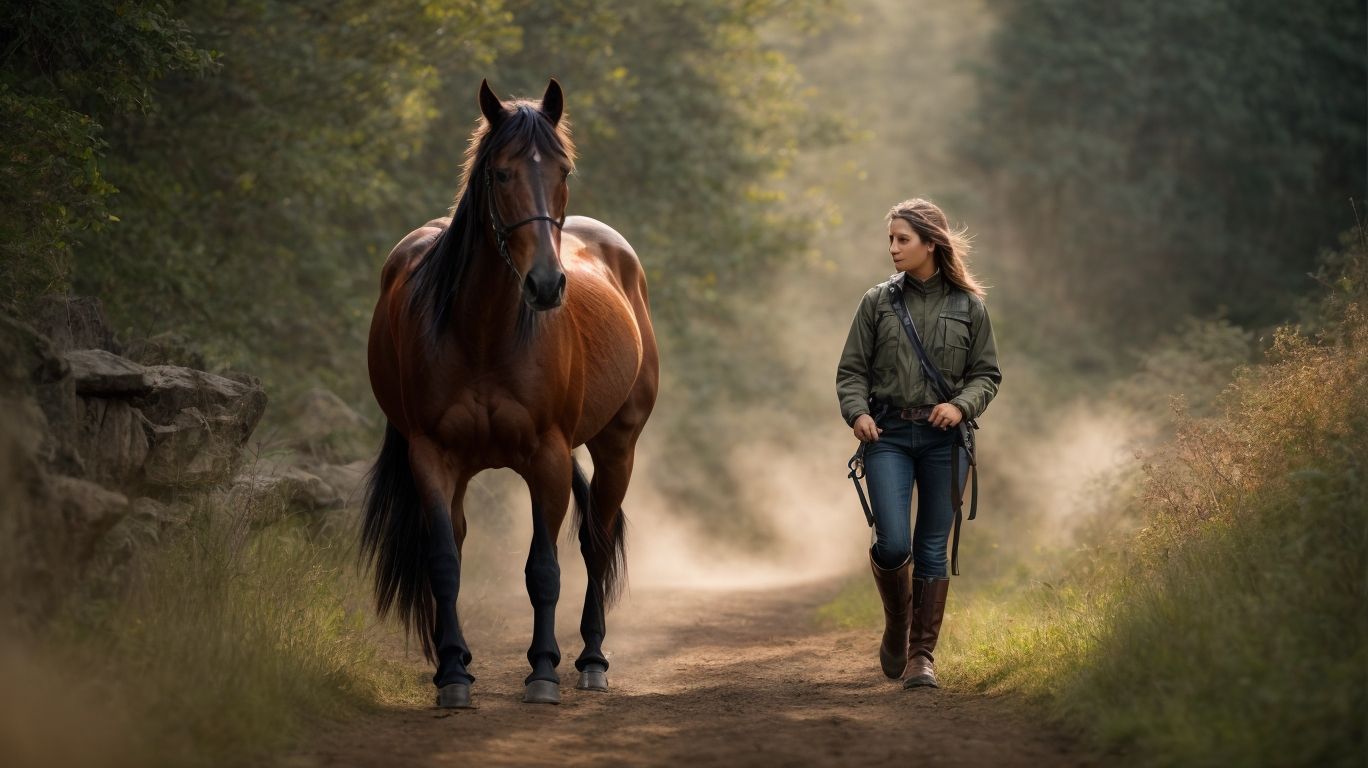
Photo Credits: Www.Horsespeakeducation.Com by Jonathan Baker
Help your horse overcome spooking behavior with these essential tips. Gradual exposure to new stimuli, consistent training and routine, as well as regular exercise and stimulation are key elements in preventing spooking incidents. Discover how harnessing these methods can build confidence in your horse and create a harmonious partnership between horse and handler. Get ready to transform your horse’s behavior and enjoy a stress-free riding experience.
Gradual Exposure to New Stimuli
Gradual Exposure to New Stimuli is crucial when it comes to reducing spooking behavior and building confidence in horses. To achieve this, follow these steps:
- Commence by starting in familiar surroundings and gradually introducing new objects or sounds.
- Utilize positive reinforcement to reward the horse for exhibiting calm and relaxed behavior.
- Gradually increase the intensity of the stimuli over a period of time.
- Expose the horse to different environments, such as arenas or trails, to broaden their experiences.
- If necessary, seek the guidance of a professional trainer who specializes in desensitization techniques.
Consistent Training and Routine
Consistent training and routine are crucial in managing and addressing spooking behavior in horses. Here are some key points to consider:
- Establish a regular training schedule: Consistency in training sessions is essential to help horses become familiar with routines and minimize their anxiety or unpredictability.
- Provide a structured environment: Organize feeding, turnout, and exercise routines to create a sense of stability and predictability for the horse.
- Use positive reinforcement: Reward desired behaviors to reinforce training and encourage consistent responses.
- Gradually introduce new stimuli: Gradual exposure to new objects or situations can help horses develop confidence and reduce their tendency to spook.
- Maintain a calm and confident demeanor: Horses pick up on their handler’s emotions, so remaining calm and confident during training sessions can have a positive influence on their behavior.
Regular Exercise and Stimulation
Regular exercise and stimulation are crucial for managing spooking behavior in horses. Here are some key points to consider:
- Engage in regular exercise routines to help release excess energy and promote mental well-being.
- Vary the type of physical activity, including lunging, riding, and turnout in a pasture, to provide different forms of stimulation.
- Incorporate mental stimulation through tasks like obstacle courses, trail rides, or working with different objects to keep the horse engaged.
- Stick to a consistent exercise and training schedule to establish a routine that promotes stability and confidence.
Pro-tip: Incorporating regular exercise and stimulation in a horse’s routine not only helps prevent spooking behavior but also contributes to overall physical fitness and mental health.
When to Seek Professional Help
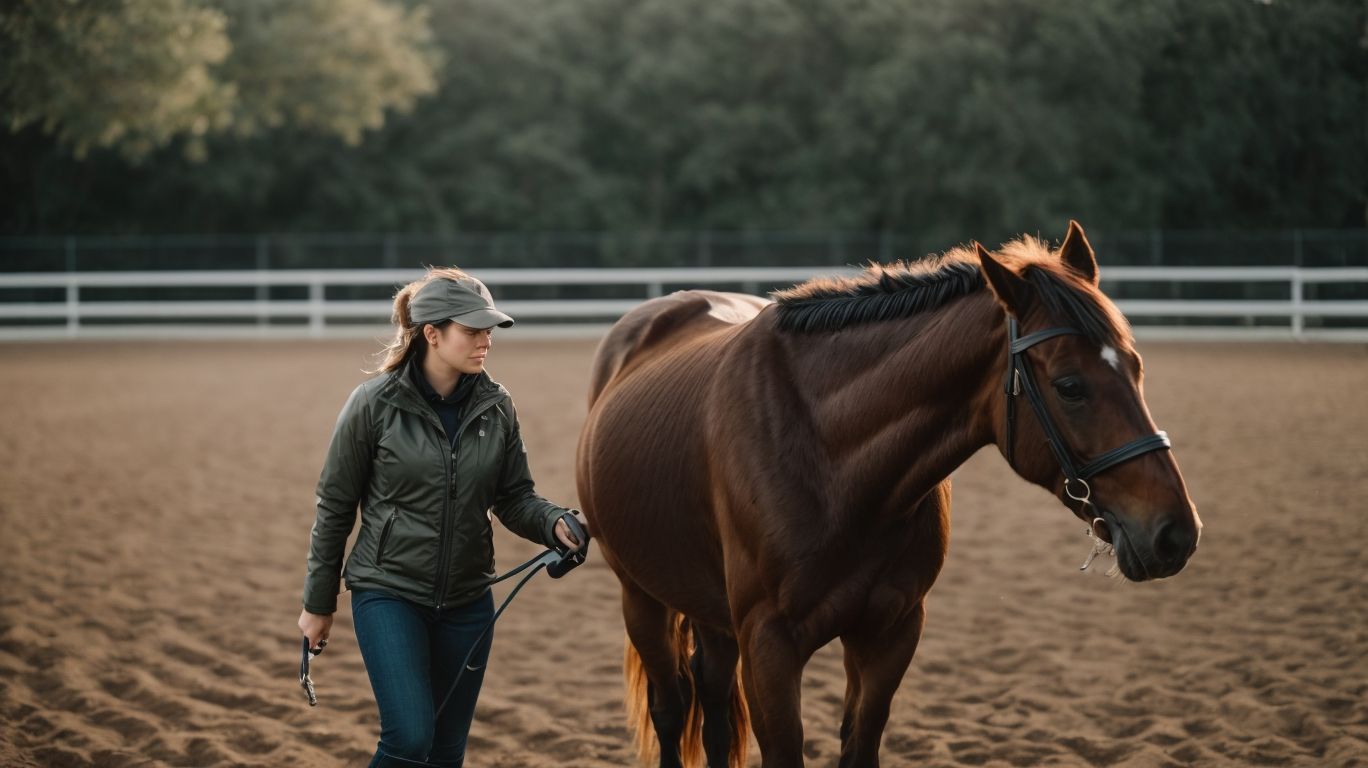
Photo Credits: Www.Horsespeakeducation.Com by Logan Williams
If you are dealing with spooking behavior in your horse, it is important to understand when it is necessary to seek professional help. While minor spooks can typically be handled by an experienced rider or handler, there are certain situations that may require the assistance of a professional horse trainer or behaviorist. It is crucial to recognize the need for professional help if:
| – The spooking behavior is severe or poses a potential danger. |
| – Your attempts to address the behavior independently have proven to be unsuccessful. |
| – The spooking behavior is negatively impacting your confidence or enjoyment of horseback riding. |
Remember, seeking professional help can provide you with the necessary knowledge and expertise needed to effectively address and manage spooking behavior in horses.
Some Facts About Horse Behavior Management – Handling Spooking Behavior:
- ✅ Horses can display fear in response to sudden triggers or a gradual increase in anxiety. (Source: Our Team)
- ✅ Riding alone can increase a horse’s fear, as they find safety in numbers. (Source: Our Team)
- ✅ Unfamiliar environments and riding with unknown horses can also heighten a horse’s fear. (Source: Our Team)
- ✅ “Fresh” horses that lack confidence and haven’t been ridden much may be over-reactive to stimuli. (Source: Our Team)
- ✅ Horses can display anxiety due to reasons such as pain or changes in herd dynamics. (Source: Our Team)
Frequently Asked Questions
How should I handle spooking behavior in my horse?
When your horse spooks at an object, it’s important to remain in control and handle the situation effectively. Instead of stopping and coaxing the horse towards the scary object, a better approach is to put the horse’s feet to work around the object. Moving the horse’s feet constantly and changing directions will engage the thinking side of the horse’s brain and help him focus on the rider.
What can I do to gain more control over my spooking horse?
To gain more control over your spooking horse, it’s helpful to have a plan to direct his feet. When a horse spooks, he uses the reactive side of his brain and his only concern is running away from the fear. By redirecting his nervous energy, you can trot him in a circle around the object or circle in front of it. Establish a starting point far enough away from the object to ride the horse around it without him getting anxious. Every one-and-a-half circles, reverse directions by turning the horse in towards the object and doing a little rollback. This will engage the thinking side of his brain and make him focus on the rider.
What should I avoid doing when my horse spooks?
When your horse spooks, it’s important to avoid letting him stop and stare at the scary object. This will only reinforce his fear and make it more difficult to handle the situation. Instead, keep his feet moving and redirect his attention towards you as the rider.
How can I prevent my horse from becoming more fearful when riding alone?
Horses find safety in numbers, so riding alone can increase a horse’s fear. To prevent this, try to ride with other calm and experienced horses. Having a good role model can help your horse feel more confident and less fearful.
What are some factors that contribute to a horse’s fear?
There are several factors that can contribute to a horse’s fear. Sudden triggers or a gradual increase in anxiety can make a horse tense up. Unfamiliar environments and riding with unknown horses can increase fear levels. “Fresh” horses that haven’t been ridden much may lack confidence and be over-reactive to stimuli. Anxiety can also be a result of pain or changes in herd dynamics.
How can I better understand and work with my horse’s natural behavior?
It’s important to learn about your horse’s natural behavior in order to understand and work with them more effectively. Take the time to observe how they react to different stimuli, their body language, and their herd dynamics. By understanding their instincts and behaviors, you can better anticipate and manage their fear reactions.
